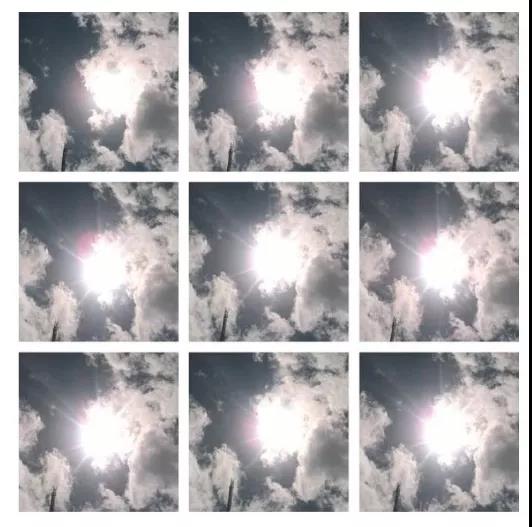
Sun protection, the most basic concept of skin care, is deeply rooted among the people through the popularization of science in the past few years.
UV exposure could bring a lot of problems:
Skin getting dark
Although this is the skin’s self-protection mechanism. Melanin helps to filter ultraviolet rays and protect the body from ultraviolet rays, but it is often a trouble for skin beauty.
Sunburn
such as erythema, pain, blisters, peeling, etc.
Skin tumors
Ultraviolet rays are closely related to skin tumors. But compared with Caucasians, the incidence of yellow people is relatively low.
Cataracts
Eyes are often overlooked parts of sun protection. The most common chronic damage to the eyes caused by ultraviolet rays is cataracts. According to WHO data, of the over 20 million people who are blinded by cataracts in the world, about 20% are related to excessive UV exposure.
Back to today’s topic, the relationship between UV intensity and cloud cover.
The intensity of ultraviolet rays in the environment is actually related to many factors, such as the latitude of the local area, different time of day, seasons, and so on.
Cloud cover is also one of the influencing factors. According to the research of Estupinan, in the case of very thin clouds, there may not be any attenuation of the ultraviolet intensity on the surface.
Therefore, even on a cloudy day that is not so bright, the UV intensity may not be low, which is why we recommend applying sunscreen on ordinary cloudy days.
The intensity of ultraviolet light will be significantly weakened under conditions of particularly thick cloud cover, as well as under conditions such as thunderstorms and storms.
But today I’m going to talk about another kind of weather: in a particularly sunny day, floating clouds obscured 50% to 90% of the sky.

Typical weather conditions prone to cloud enhancement effects
Tiba, C., et al. (2017). Int J Photoenergy, 1-9
(cloud enhancement / solar radiation enhancement effect)
There is often a phenomenon called “cloud enhancement effect” under this kind of weather.
This means that the UV intensity on the ground may be higher when it is cloudy and sunny than on a clear sunny day, and it can increase by up to 25%, and it can exceed the UV index 15.
This means that in such case, we may need better protection from light.
Moreover, due to the enhancement of clouds, the time of day with the highest UV intensity may not necessarily be at noon in the strict sense.
For example, some studies have observed that when there is a cloud enhancement effect, the two time points with the highest ultraviolet intensity appear at 11:43 and 13:14.
Of course, despite the existence of this phenomenon, it does not actually have a big impact on our existing sun protection recommendation. But it may need to pay more attention to two points:
1) You should also pay attention to sun protection on cloudy days, especially the “cloudy days” mentioned above. Because you may be more exposed to ultraviolet rays compared to sunny days without clouds;
2) Reduce going out during periods of strong sunlight/ultraviolet rays (generally considered to be 10:00-16:00), and take shelter and other sun protection measures when you need to go out.
Comments